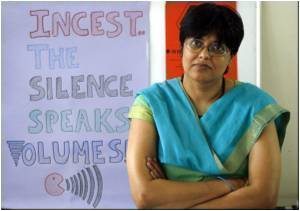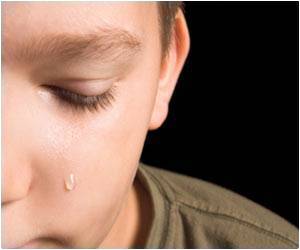To create awareness about child abuse - physical, mental and sexual, and to protect them from victimization, the UN celebrates International Day of Innocent Children Victims of Aggression.

Recognizing Child Abuse
There are several types of child abuse and it is important to be able to recognize the signs of abuse so that the child can receive timely help.Emotional or Mental Abuse
Emotional abuse is the term given to psychological and social abuse and it is the most common type of child abuse. While a certain amount of discipline is essential when raising a child, parents who are emotionally abusive towards their children are aggressive and use intimidation, manipulation and even emotional blackmail to control their children. These parents focus more on fulfilling their own goals rather than their child’s needs. Emotional abuse does not always occur at home and children may be emotionally abused by their teachers or other adults in positions of power. Children can even be emotionally abused by their peers and bullying is a common problem in schools and colleges. There have been cases of chronic emotional abuse where the victims chose to commit suicide, as they saw no other form of escape from the trauma.
Signs of Emotional Abuse: Low self-esteem, social withdrawal and a lack of social skills are some of the most common signs of emotional abuse in children. Children who are bullied may also pick on younger children or small animals in an attempt to vent their frustration.
Physical abuse
Physical abuse is when physical force is used to the extent where it results in injury or pain. Violently shaking a child is one of the most common forms of physical abuse in children at the hands of their parents or caregivers. Most people would not consider shaking to be a particularly violent form of abuse but a child is extremely delicate and the violent jerking can cause severe brain damage and it can even result in death. Acts of violence such as beating, kicking and striking are also examples of physical abuse. Parents and caregivers resort to these forms of abuse in sheer frustration and often lash out at the defenceless child as a way to vent their anger and frustration.
Signs of Physical Abuse: It is not easy to hide the signs of physical abuse and so a child who is a victim of this kind of abuse may often sport bruises, black eyes and welts. In severe cases, the child may suffer from bone fractures or broken bones. Spiral fractures in very young children are often viewed with suspicion, as this sort of injury can be the result of a forceful twisting of the limb.
Sexual Abuse
While all forms of child abuse are heinous, child sexual abuse is often viewed as the worst form of abuse as it leaves lasting physical and emotional scars. Nothing can justify the monstrosity of abuse and it is unfortunate that this form of abuse is still very prevalent as it often goes unnoticed. Sexual abuse involves forcing or enticing a child to take part in sexual activities including rubbing, masturbation and oral or penetrative sex. In most cases, the person who inflicts this type of abuse is a family member and so children are often too scared to come forward and name their abuser.
It is important to protect children and provide them with a caring environment so that they can grow up to be strong and independent individuals. Due to urbanization, children come in contact with a lot of authority figures and so it is important to take steps to protect them and keep them safe from child predators. Children who have been victims of child labor or sexual violence require emotional and psychosocial support to help them work past their trauma.









